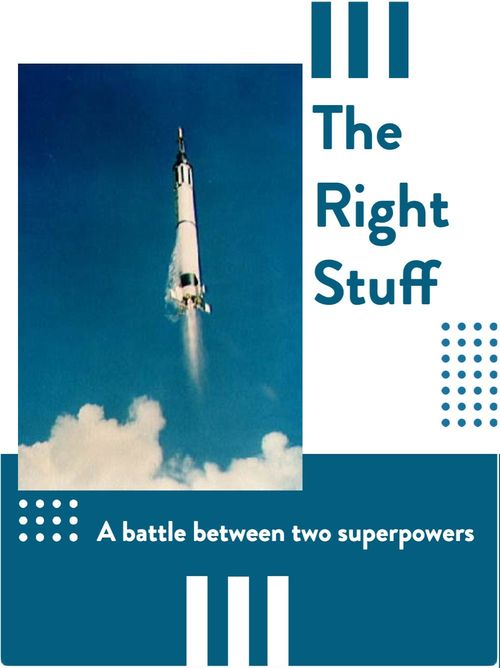How the space race was won
Sep 01, 2021 · 4 mins read
0
Share

Finding fearless heroes
What kind of person is willing to sit on top of a bomb and wait for someone to light the fuse? This was the question NASA faced when the space agency formed. How could they get people to volunteer as the very first astronauts when their experimental rockets kept exploding?
Save
Share
The psychological mystery of men who stepped up to risk their life is what drew in the renowned writer Tom Wolfe. He chronicled their hidden history in The Right Stuff: an influential book that tells the extraordinary story of NASA’s Cold War campaign to propel humans into space.
Save
Share
When the Soviets sent the first satellite into orbit around the Earth in 1957, NASA was founded a year later with apocalyptic urgency. A major fear in the US was that whoever dominated space could seize control of the planet. The nation simply couldn’t afford to be left behind.
Save
Share
The quickest way to launch, NASA decided, would be to construct a simple pod, capable of holding just one pilot, to sit atop an intercontinental ballistic missile. They called it Project Mercury. A secret search for candidates led to America’s most elite military test pilots.
Save
Share
Although it was never openly discussed, let alone bragged about, the chosen pilots all had what Wolfe termed “the right stuff” – a deep, instinctive courage that few regular people could understand. To them, being chosen for a historic, death-defying mission was irresistible.
Save
Share
No real piloting skills would be required for the Mercury mission. The controls were automatic, meaning even a chimp could do it. In fact a chimpanzee, Enos, would be the first being sent up in 1961. But the seven pilots eventually chosen by NASA became American icons overnight.
Save
Share
These first Mercury astronauts were honored as saviors of an entire people. If that sounds like overkill, it’s because ‘the space race’ was seen as a proxy for a potential full-scale nuclear war between the superpowers.
Save
Share
Yet John F. Kennedy had been openly critical of NASA’s dismal launch record during his presidential campaign. As soon as he was elected, the space agency scrambled to launch the first astronaut before the program could be halted.
Save
Share
Alan Shepard was selected to pilot the prototype capsule on a sharp arc above the atmosphere, scheduled for May 1961. Then, just weeks before the flight, Moscow stunned the world when its premier cosmonaut became the first person to circle the globe in space.
Save
Share
Before Gagarin landed, Kennedy called a meeting with NASA’s director. The new president, Wolfe wrote, was now “convinced that the entire world was judging the US and his leadership in terms of the space race with the Soviets.” And with that, the mission became even more frantic.
Save
Share
0